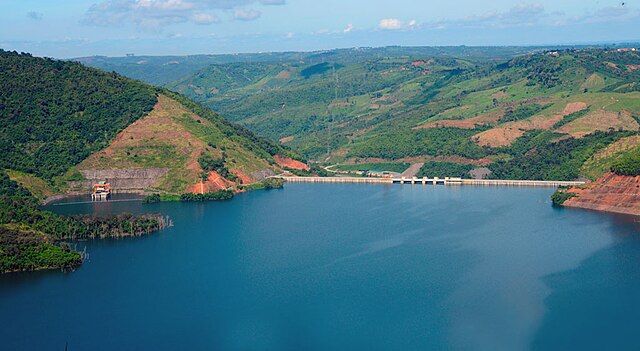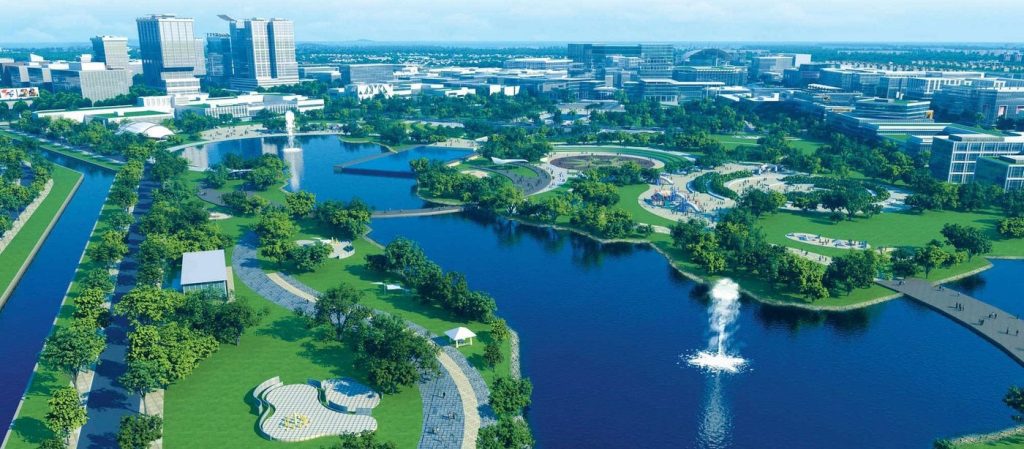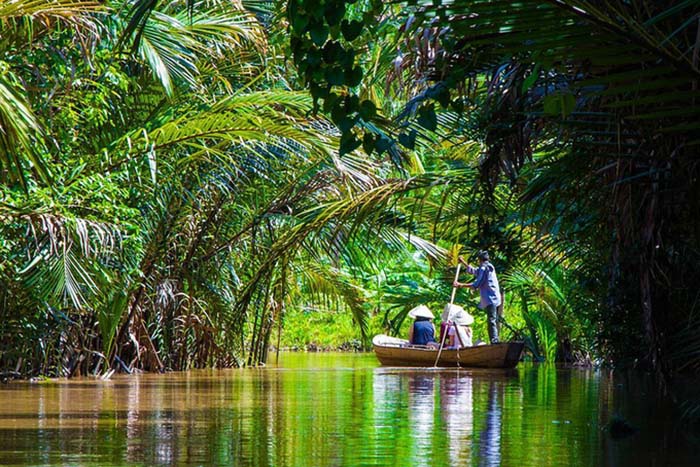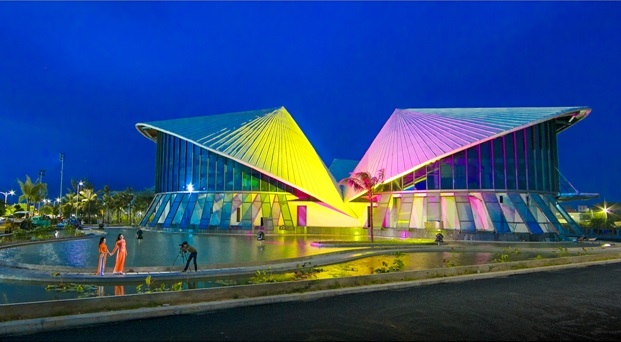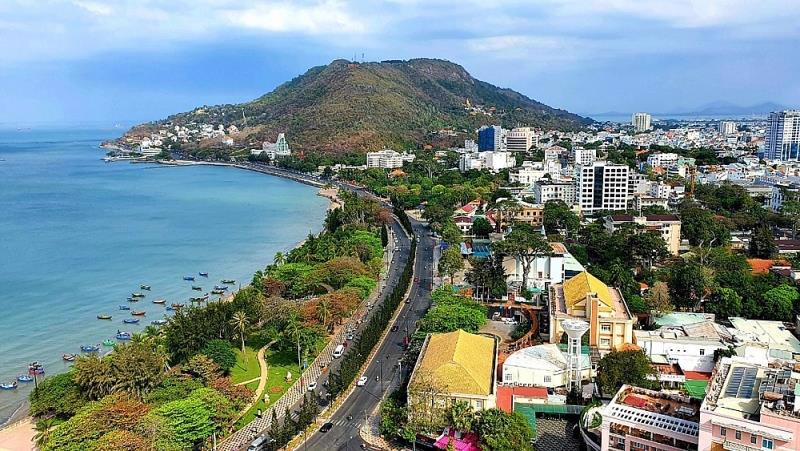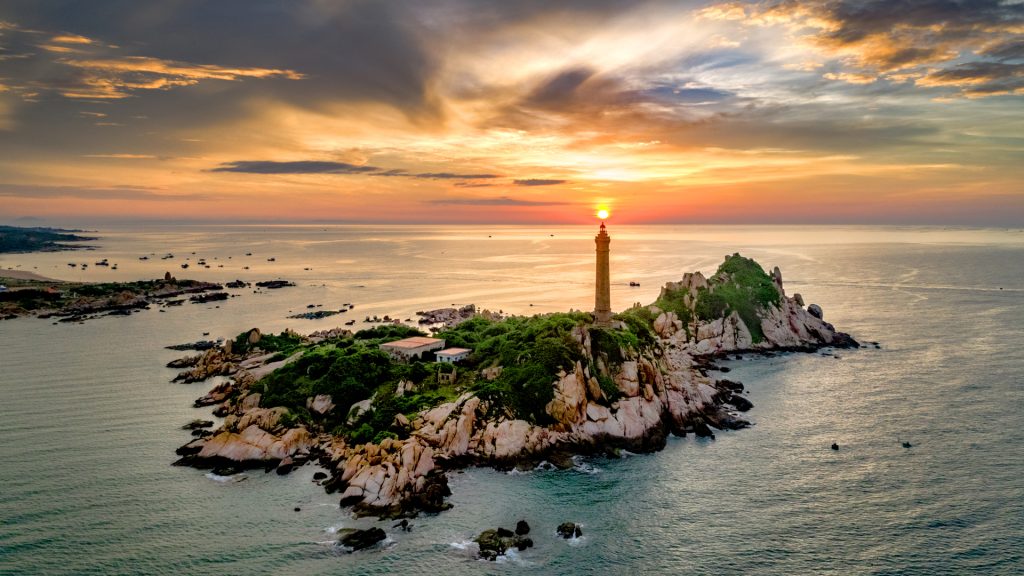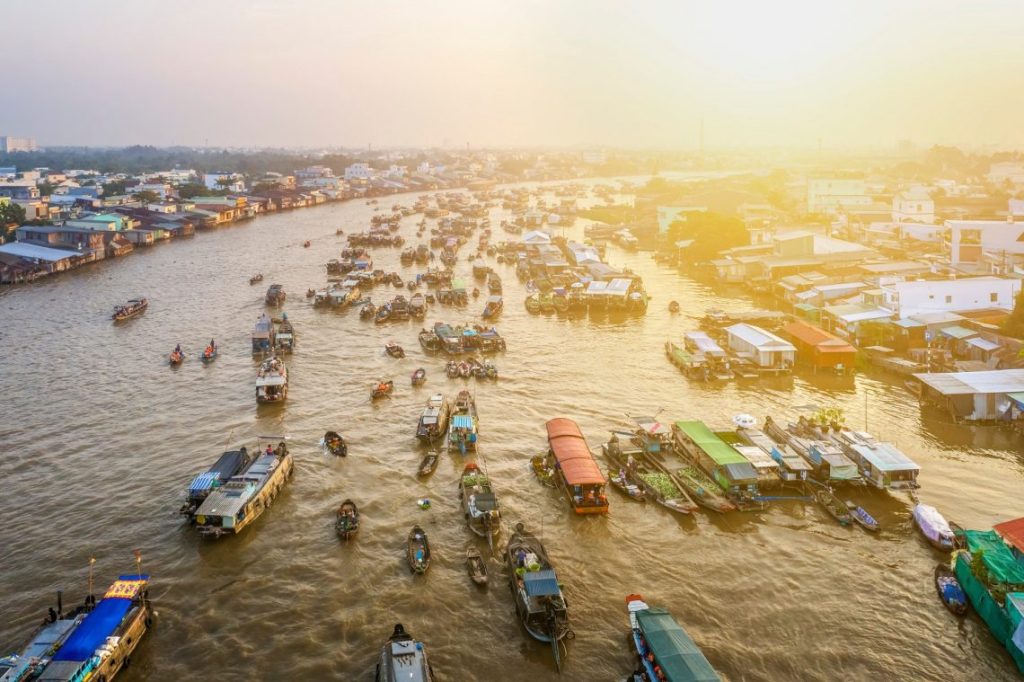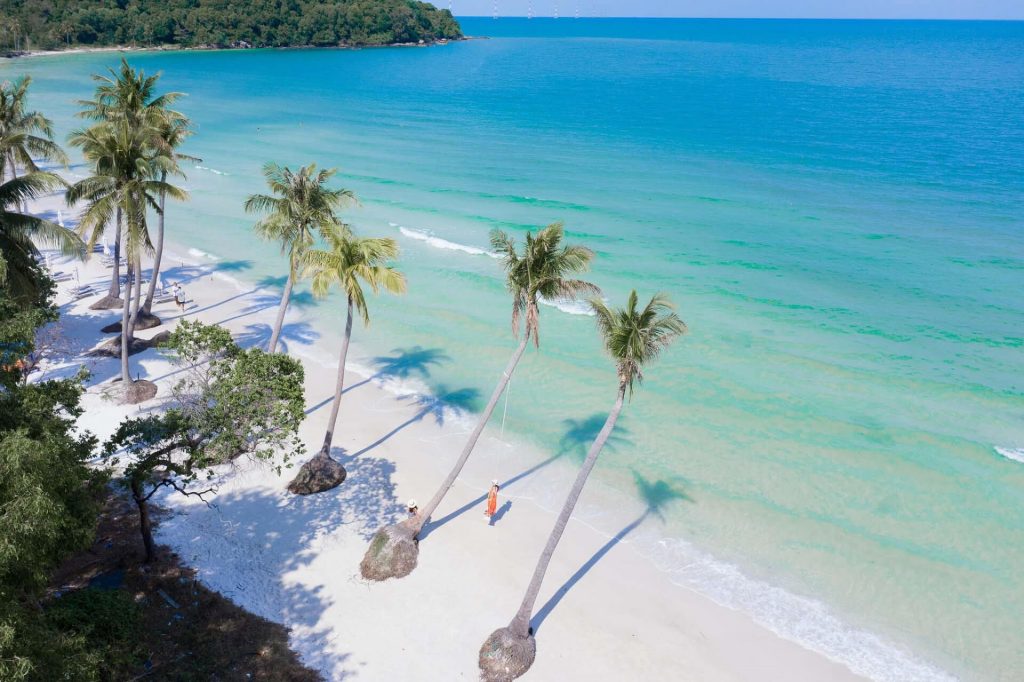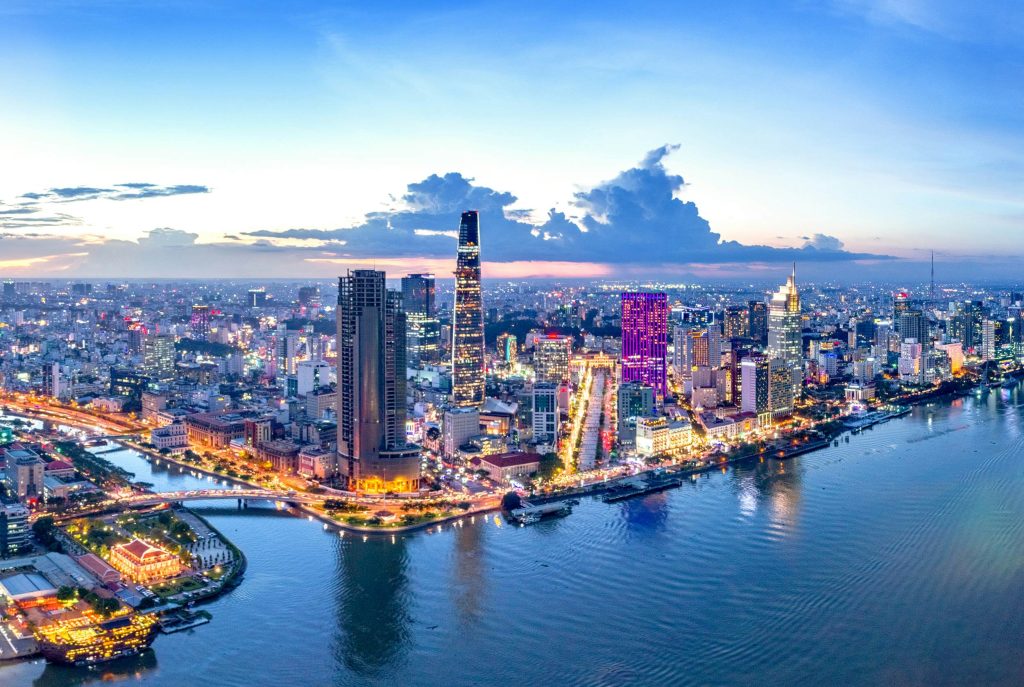An Giang – A guide basic for the trip
An Giang is a province in the Mekong Delta region of southwestern Vietnam, known for its rich cultural heritage and scenic landscapes. It is bordered by Cambodia to the northwest and features a diverse ethnic population, predominantly Khmer and Vietnamese. The province is renowned for its agricultural productivity, particularly in rice cultivation, and its floating markets are vibrant hubs of trade and local life. An Giang is also famous for its religious sites, such as the Ba Chua Xu Temple, attracting pilgrims from across the region during festivals. The serene beauty of its rivers and lush countryside offers opportunities for eco-tourism and exploration. With its blend of traditional charm and economic activity, An Giang provides visitors a glimpse into rural Vietnamese life and a chance to experience the unique cultural tapestry of the Mekong Delta.
I. When is the best time to visit An Giang Vietnam?
The best time to visit An Giang, Vietnam, is during the dry season, which typically spans from December to April. During these months, the weather is generally mild and dry, making it ideal for exploring outdoor attractions and engaging in activities such as visiting temples, exploring the countryside, and enjoying the scenic beauty of the Mekong Delta.
Avoiding the rainy season, which runs from May to November, is advisable due to frequent heavy rains and potential flooding, which can limit travel options and outdoor activities. Additionally, festivals such as the Ba Chua Xu Temple Festival in the spring (typically in April or May, depending on the lunar calendar) offer unique cultural experiences and are best experienced during the dry season when travel conditions are more favorable.
Overall, planning a visit to An Giang during the dry season ensures a more enjoyable and comfortable travel experience, allowing you to fully appreciate the province’s natural beauty and cultural attractions.
II. What to do in An Giang Vietnam?
In An Giang, Vietnam, there are several captivating activities and attractions to explore:
- Visit Ba Chua Xu Temple: This famous temple in Chau Doc is dedicated to the goddess Ba Chua Xu and attracts pilgrims from across Vietnam and Cambodia, especially during the Ba Chua Xu Temple Festival.
- Explore Floating Markets: Experience the vibrant local culture at the floating markets like Chau Doc Floating Market and Long Xuyen Floating Market. These markets offer fresh produce, seafood, and a glimpse into the daily life of the Mekong Delta.
- Cruise on the Mekong River: Take a boat tour along the Mekong River to enjoy the scenic landscapes, floating villages, and observe traditional fishing methods.
- Discover Tra Su Cajuput Forest: This lush forest is known for its rich biodiversity and peaceful boat rides through its waterways, surrounded by tall cajuput trees and diverse bird species.
- Climb Sam Mountain: Located near Chau Doc, Sam Mountain offers panoramic views of the surrounding countryside and Cambodia. It’s also home to several pagodas and temples.
- Visit Cham Villages: Explore the traditional Cham villages to learn about their unique culture, architecture, and handicrafts.
- Try Local Cuisine: Sample delicious Mekong Delta dishes such as fish hotpot (lau ca linh), grilled snakehead fish, and various freshwater seafood dishes.
- Attend Festivals: If timing permits, join local festivals such as the Ba Chua Xu Temple Festival or the Oc Om Boc Festival, which celebrate local traditions and customs.
- Experience Homestay: Stay with local families to immerse yourself in the daily life and hospitality of the Mekong Delta people.
An Giang offers a blend of cultural immersion, natural beauty, and culinary delights, making it a memorable destination for travelers interested in exploring Vietnam beyond its urban centers.
III. What local specialties does An Giang have that you must try?
An Giang province in Vietnam offers several delightful local specialties that you should definitely try when visiting:
- Lau Mam (Fermented Fish Hotpot): This is a popular dish in An Giang, featuring a hotpot broth made from fermented fish (mam) and typically includes a variety of vegetables, herbs, and freshwater fish. It’s known for its distinctive flavor and is a favorite among locals.
- Ca Tai Tuong Chien Xu (Fried Elephant Ear Fish): Elephant ear fish is a specialty of the Mekong Delta region, including An Giang. It’s typically marinated, coated in rice flour, and deep-fried until crispy. The dish is often served with fish sauce, fresh herbs, and rice paper for wrapping.
- Banh Bo Thot Not (Palm Sugar Steamed Rice Cake): This sweet treat is made from rice flour and thot not (palm sugar), giving it a unique flavor. It’s steamed to perfection and enjoyed as a dessert or snack.
- Bun Nuoc Leo Chau Doc (Chau Doc Noodle Soup): This noodle soup is a specialty of Chau Doc city in An Giang. It features rice vermicelli noodles served in a rich and flavorful broth made from fish, shrimp, pork, and sometimes duck. It’s garnished with herbs, bean sprouts, and often accompanied by fresh herbs and lime.
- Boat Noodles (Hủ tiếu nước): An Giang is known for its delicious boat noodles, a noodle soup dish served with a flavorful broth made from pork or beef bones, seafood, and various spices. It’s often topped with pork slices, shrimp, fish cakes, and fresh herbs.
- Grilled Banana Wrapped in Sticky Rice (Chuoi Nep Nuong): This is a popular dessert in An Giang, where ripe bananas are wrapped in sticky rice, grilled over charcoal, and then served with coconut milk sauce. It’s a delightful combination of sweet and savory flavors.
- My Phung Cake: A local delicacy from An Giang, My Phung cake is made from rice flour and filled with a mixture of pork, shrimp, and mung bean. It’s wrapped in banana leaves and steamed, resulting in a delicious and savory snack.
These local specialties highlight the rich culinary heritage of An Giang, offering a mix of flavors and textures that reflect the region’s cultural diversity and agricultural abundance.
IV. How to get to An Giang?
To reach An Giang province in Vietnam, you have several transportation options depending on your starting point:
- By Air: The nearest major airport to An Giang is Can Tho International Airport (VCA). From there, you can take a taxi or a bus to An Giang, which is approximately 90 kilometers away.
- By Bus: There are regular buses from Ho Chi Minh City (Saigon) to An Giang, with several bus companies operating on this route. The journey takes around 5-6 hours depending on traffic and the specific destination within An Giang.
- By Car or Motorbike: You can drive or hire a car/motorbike from Ho Chi Minh City or other nearby cities. The road network to An Giang is generally good, and the journey by car or motorbike provides flexibility to explore the Mekong Delta along the way.
- By Boat: If you are traveling from Cambodia or other parts of the Mekong Delta, there are boat services that connect to An Giang via the Mekong River. Chau Doc, a major town in An Giang, is accessible by boat from Phnom Penh and other locations upstream on the Mekong River.
- By Train: While An Giang does not have its own train station, you can take a train from Ho Chi Minh City to nearby cities like Can Tho or Vinh Long, and then proceed by bus or car to An Giang.
Once you reach An Giang, local transportation options such as taxis, motorbike taxis (xe om), and rental bicycles/motorbikes are available for getting around within the province.
If you need more information, please contact us Mail: zgotravelvietnam@gmail.com or WhatsApp: +84 9766 09451.

